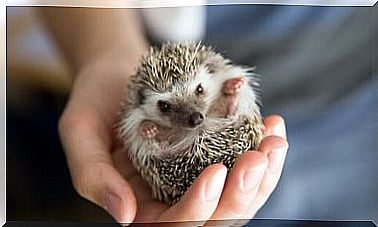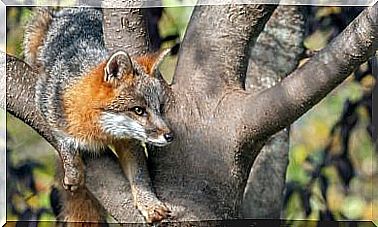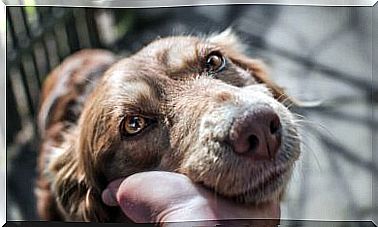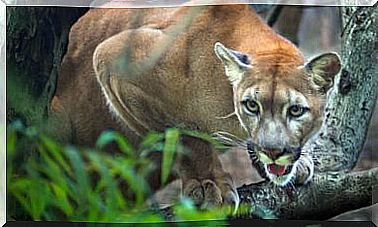Livestock As A Cause And Solution To Environmental Impact
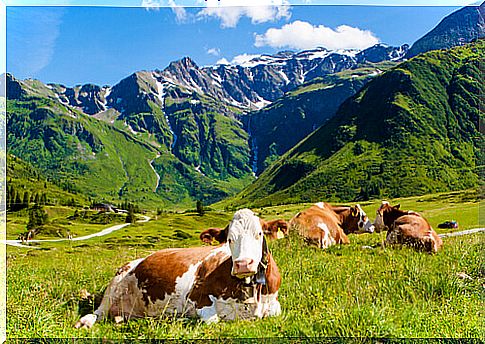
Today, consumers are very committed to the environment. This can be seen in the demand for food of animal origin, as livestock farming is considered one of the main causes of environmental impact. In this article we intend to show that a solution can also be found in livestock.
Livestock as a cause of environmental impact
Livestock and the environment are two concepts that are continually intertwined. Its effects are mainly seen at water, soil and air levels, although it also has an important impact on public health.
Impact on water
Livestock generates a series of wastes of organic matter. If this waste is not managed correctly, it reaches the water and pollutes it. These substances consume the oxygen dissolved in said water, which alters its composition and makes it unviable for the survival of the organisms that habitually inhabit it.
Impact on the ground
The organic matter accumulated in the soil can be beneficial for its fertility. But with the intensification of livestock, these wastes accumulate in quantities far greater than the land can absorb. This will cause infertility and even phytotoxicity.
Impact on air
The feeding of farm animals is designed to optimize production and achieve maximum economic benefit. For this reason, the digestions are heavy and the emission of unpleasant volatile substances into the atmosphere is high. Greenhouse gases (GHG), bad odors or bioaerosols are emitted.

Consequences for the human being
The most serious problems derived from the environmental impact of livestock are health problems. And one of the most important is the increase in antimicrobial resistance, due to the misuse of antibiotic treatments.
Livestock as a solution to environmental impact
The concern of international authorities regarding this causal relationship has led to the development of Best Available Techniques (BAT). Its objective is to reduce the farm’s impact on the environment. Some of the most important are:
- Environmental management systems.
- Nutritional management systems.
- Efficient use of water and energy.
- Control of noise, dust and odors.
- Manure and slurry storage.
- Manure application to the field in the form of compost.
- Control of ammonia and methane emissions.
- Fertilizer application.
Each farmer will be able to select those BATs that best suit his farm. In doing so, it accepts a series of obligations stemming from the decisions made at the last climate change summits.
Advantages of applying BAT
Economical
They are included in the concept of circular economy. This is the case of the reuse of manure as fertilizer. Or the techniques that avoid the volatilization of ammonia in animal housing, to reduce its emission into the atmosphere. Or the composting of slurry, to obtain a product with high added value: compost.
Sanitary
In many cases related to animal welfare. An example would be the reduction of the concentration of volatile nitrogen in the farm – gases that irritate the respiratory tract – to improve the air that the animals breathe.
Social
The BATs favor the integration of the livestock activity with the environment. They reduce the inconvenience for the human being, which favors the expansion of the social network in the vicinity of the farm.
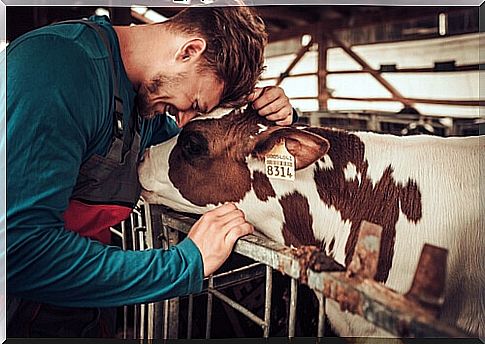
What has been the institutional response in Spain to this situation?
The Ministry of Agriculture has created Ecogán, a computer application that allows us to estimate the environmental impact of our livestock.
Using this application, farmers can determine the greenhouse gas emissions of their farm or the nitrogen concentration of the manure. Ultimately, you can verify the environmental situation of the farm, the aspects that need to be improved and the tools available to do so.
This makes it possible to assess the real situation of the environmental impact of livestock in Spain. This will reveal the effectiveness of incorporating more sustainable techniques and the importance of the fight against climate change.
